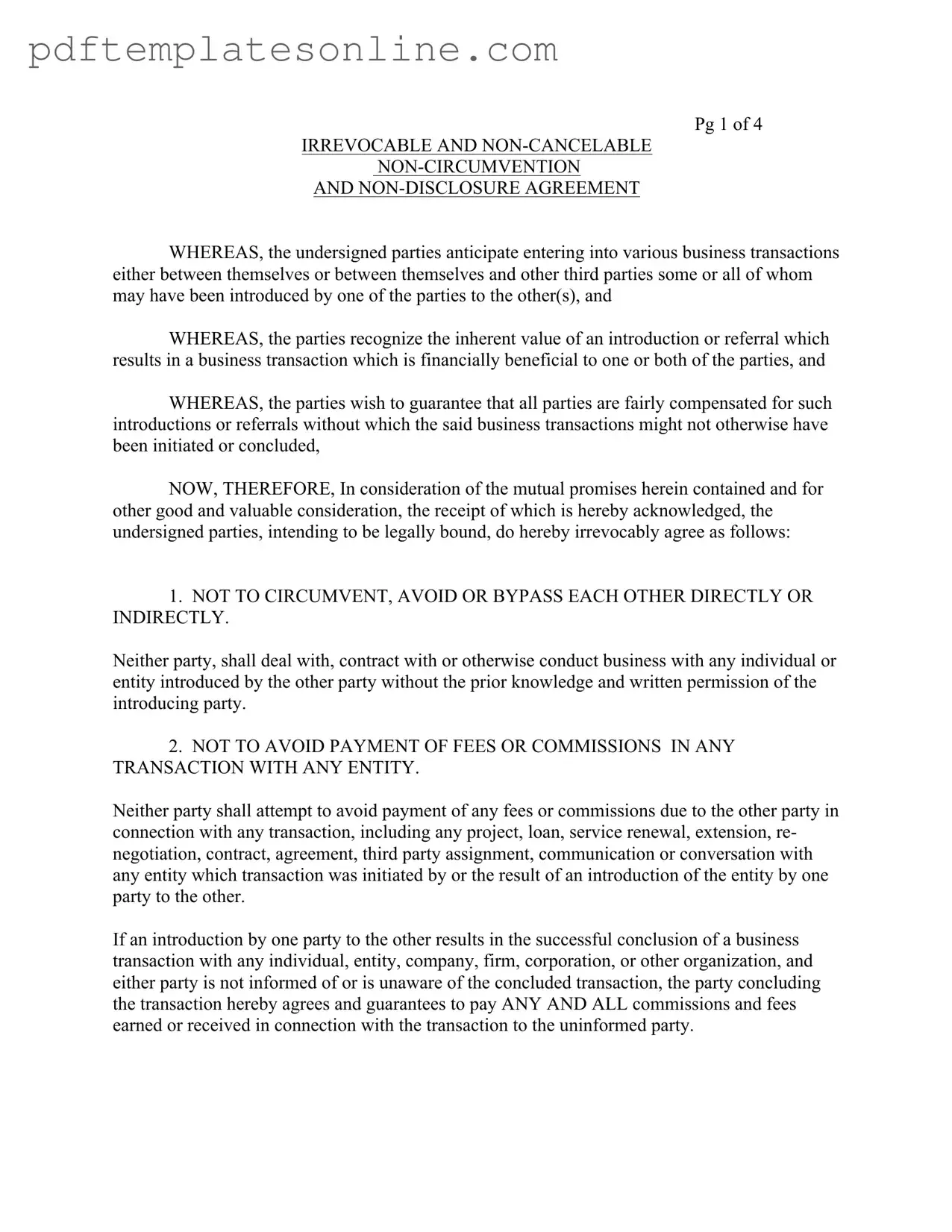Filling out the NCND (Non-Circumvention and Non-Disclosure) form can be a straightforward process, but there are common mistakes that people often make. These errors can lead to misunderstandings and complications down the line. Here are five frequent pitfalls to avoid.
One major mistake is failing to provide accurate information. When filling out the form, it’s crucial to ensure that all names, company details, and contact information are correct. A simple typo can create confusion and may even affect the enforceability of the agreement. Double-checking this information can save time and prevent potential disputes.
Another common error involves neglecting to read the entire agreement before signing. Many individuals skim through the document, missing important clauses and obligations. Understanding the terms of the agreement is essential. This includes knowing the duration of the agreement, confidentiality obligations, and what constitutes a violation. Taking the time to read and comprehend the entire document can prevent future legal issues.
People also frequently overlook the need for signatures from all parties involved. The agreement is not valid unless all required signatures are present. Each party must acknowledge their understanding and acceptance of the terms. Missing a signature can render the agreement unenforceable, which defeats the purpose of having the document in the first place.
Additionally, individuals often forget to keep copies of the signed agreement. After executing the document, it’s important to store a copy for personal records. This ensures that all parties have access to the terms agreed upon, which can be critical if any disputes arise later. Keeping a well-organized file of all agreements can help in managing business relationships effectively.
Lastly, many fail to communicate changes or updates regarding the agreement. If there are any changes in contact information or business structure, it’s vital to inform all parties involved. Open communication can prevent misunderstandings and reinforce trust among the parties. Ensuring everyone is on the same page is key to maintaining a healthy business relationship.
